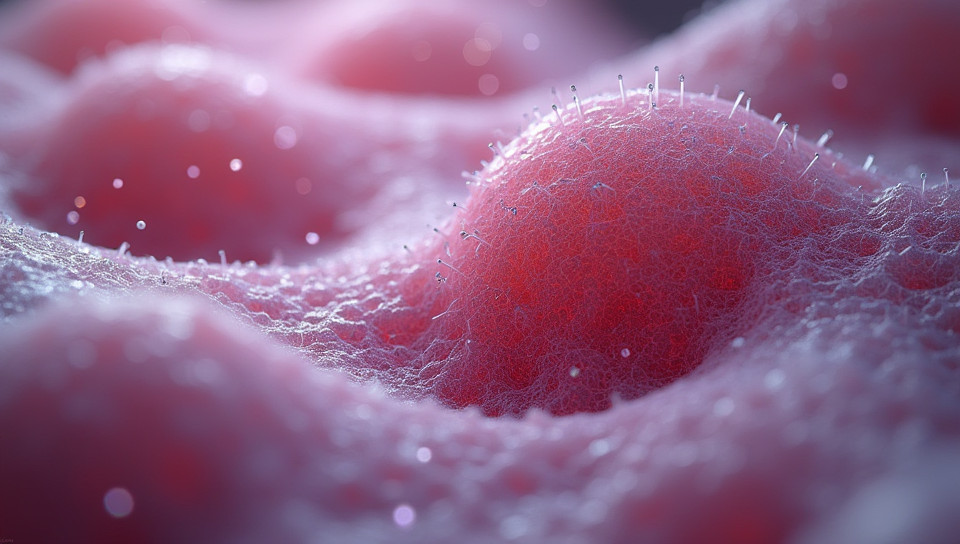Tissue engineering creates artificial tissues and organs 95%

Revolutionizing Medicine: The Power of Tissue Engineering
Imagine a world where organs can be grown and transplanted into patients in need, eliminating the shortage of available donors and reducing the risk of rejection. This is the promise of tissue engineering, a rapidly advancing field that has the potential to transform the way we approach medical treatment.
What is Tissue Engineering?
Tissue engineering is a multidisciplinary field that combines biology, chemistry, and engineering to create artificial tissues and organs. By using biomaterials and cells, researchers can design and fabricate complex tissue structures that mimic the properties of natural tissues. This approach has far-reaching implications for various medical fields, including regenerative medicine, orthopedic surgery, and organ transplantation.
The History of Tissue Engineering
The concept of tissue engineering dates back to the 1980s, when researchers first began exploring ways to use biomaterials and cells to create artificial tissues. Since then, significant advancements have been made in understanding the biology of tissue development and regeneration. Today, tissue engineering is a rapidly growing field with numerous applications in medicine.
The Benefits of Tissue Engineering
- Improved organ transplantation outcomes
- Reduced risk of rejection and immune system complications
- Increased availability of organs for patients in need
- Potential for personalized medicine through tailored tissue design
- Enhanced understanding of tissue development and regeneration
Current Research and Applications
Tissue engineering has numerous applications in various medical fields, including:
- Regenerative medicine: Tissue-engineered tissues are being used to repair damaged or diseased tissues, such as heart valves, skin, and cartilage.
- Orthopedic surgery: Tissue-engineered bone grafts are being used to repair bone defects and fractures.
- Organ transplantation: Tissue-engineered organs, such as kidneys and livers, are being developed for transplantation.
The Future of Tissue Engineering
As research in tissue engineering continues to advance, we can expect significant breakthroughs in the field. With the development of new biomaterials and technologies, researchers will be able to create more complex and functional artificial tissues and organs. This has the potential to revolutionize medicine and improve the lives of millions of people worldwide.
Conclusion
Tissue engineering holds tremendous promise for transforming medical treatment and improving patient outcomes. By combining biology, chemistry, and engineering, researchers are creating artificial tissues and organs that have the potential to revolutionize various medical fields. As this field continues to advance, we can expect significant breakthroughs in regenerative medicine, organ transplantation, and personalized medicine. With tissue engineering, we may one day see a future where organs can be grown and transplanted with ease, eliminating the shortage of available donors and reducing the risk of rejection. The possibilities are endless, and the potential for impact is immense.
- Created by: Vamika Devi
- Created at: Feb. 4, 2025, 12:58 p.m.
- ID: 20006








